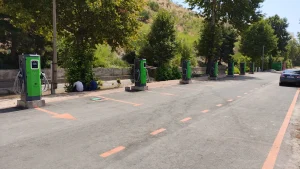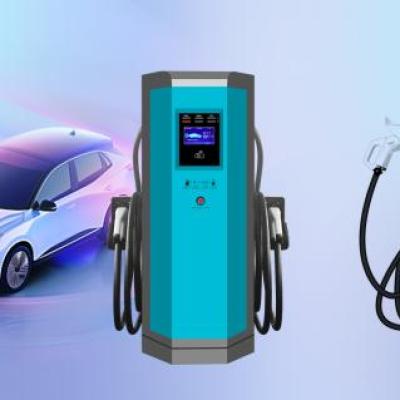Notifications

4 minutes, 54 seconds
-38 Views 0 Comments 0 Likes 0 Reviews

The slowest way to charge an electric vehicle is through Level 1 charging. This AC charging method ranges from about 1 kW to 2 kW and does not require any special equipment to be installed at home or any modifications to your home’s electrical system.
Advantages and Disadvantages of Level 1 Chargers
The biggest advantage of Level 1 charging is its simplicity, you just plug your vehicle in and there is no need to install any additional equipment. Another advantage is that this charging method is better for the life of the electric vehicle’s battery pack because it does not cause a large thermal load on the battery (it heats the battery the least of all the EV charging levels).
The disadvantages are long charging times (some large battery EVs can take more than 40 hours to fully charge, while some new plug-in hybrids can take more than 8 hours to fully charge), low efficiency, and the AC adapters provided are usually not of high quality.
Advantages
Save on electricity bills
No additional installation required
Charge anywhere there is a standard outlet
Disadvantages
Slower charging times
Advantages and Disadvantages of Level 2 Chargers
Level 2 chargers charge much faster than Level 1 chargers (5 to 10 times faster). It is also safer because it has a separate, dedicated electrical connection that goes directly into the circuit breaker box, minimizing the chance of an overload that could cause a power outage in your home. This also gives you access to higher charging currents.
Level 2 chargers can be mounted on a wall or on a dock as part of a public charging station or in some office park parking lots.
Charging power ranges from 3.6 kW to 19.2 kW, with a maximum of 11 kW being common. The wait time for an EV battery to fully charge on a Level 2 charger is much shorter than on a Level 1 charger, taking about 5 to 10 hours to fully charge. The maximum Level 2 charging power for an EV is limited by the charger power or current that the onboard charger can accept.
Pros
More energy efficient than Level 1 chargers
High charging efficiency
Faster charging times, typically 5 to 7 times faster than Level 1 chargers
Applicable to all electric vehicles
Cons
Requires installation fees
Less flexibility in charging locations
Advantages and Disadvantages of Level 3 Chargers

Fast chargers or fast chargers (also known as Level 3 chargers) provide direct current (DC) to charge the battery directly without going through an onboard charger and AC-DC converter. This is the fastest way to charge an electric vehicle, and the fastest mass-produced electric vehicles currently charge at speeds of up to 500 kW. This reduces charging time from hours to minutes.
Current DC fast chargers on the market typically range in power from 50 kW to 350 kW. For example, the Hyundai Ioniq 6 has a peak charging power of 242 kW, so if you connect it to a Level 3 charger. It only takes 18 minutes to charge from 10% to 80%, which is much faster than most other electric vehicles.
However, this rapid charging ability comes at a price. Fast charging an electric vehicle can damage the health of its battery pack. So while fast charging on a public Level 3 charger is quick and convenient, it is not recommended as the preferred charging solution for daily use.
Fast chargers have their own cables, which are much thicker than those of slow chargers, so car owners don’t have to bring their own cables.
Pros
Charging time is faster than Level 2 chargers
Closest to refueling time for gas cars
Good for long trips
Cons
Charging costs are higher than Level 1 and Level 2 chargers
Frequent use of Level 3 chargers generates additional heat, which can lead to increased battery aging.

